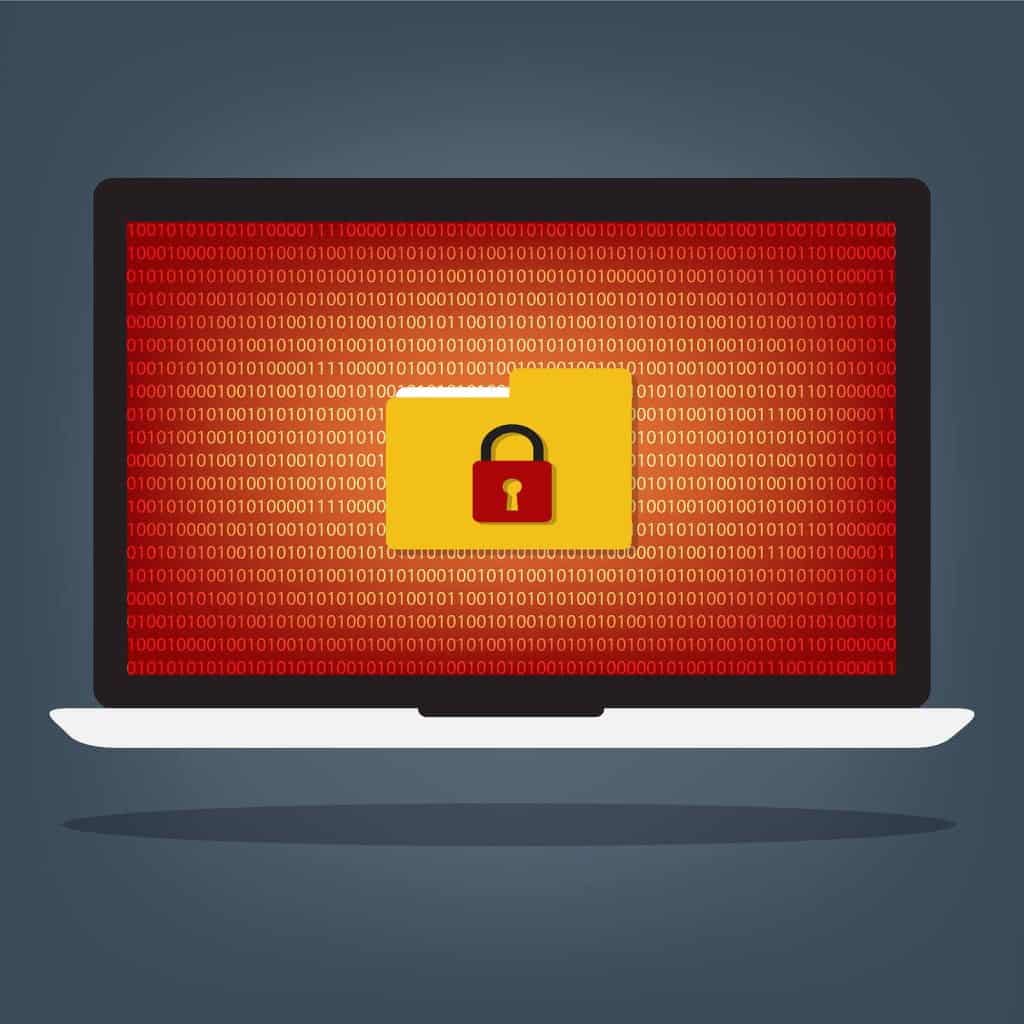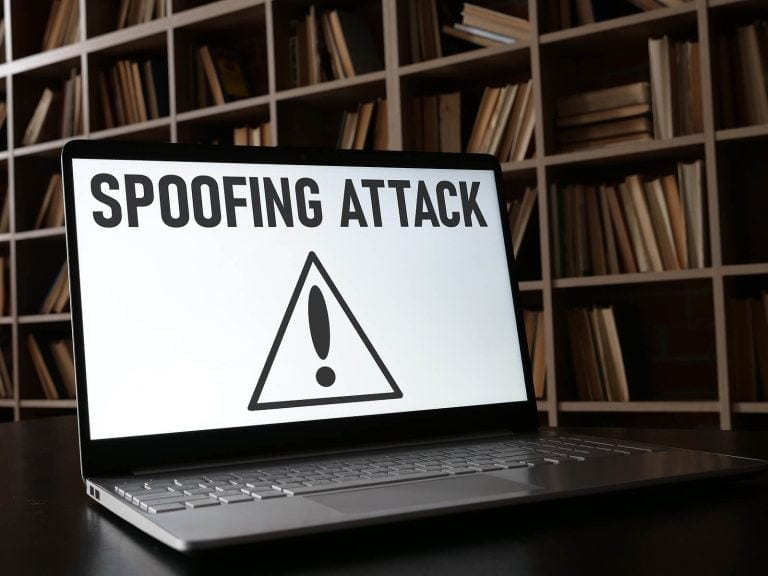Do you believe that money heists targeting banks can only occur in the physical realm? If your answer is “yes,” I’m here to challenge that notion and shed light on a different kind of threat that can be equally devastating. Imagine a single ransomware attack capable of crippling an entire bank, paralyzing its operations, and leaving it helpless for days. Not only would such an attack cause financial turmoil, but it would also inflict severe damage to the bank’s reputation and goodwill.
Table of Contents
ToggleHowever, where there’s a problem, there must be a solution, right? In this case, banks have the power to fight back against the threat of ransomware and safeguard their operations and customers’ trust. So, what solutions can empower banks to combat ransomware attacks?
Read on as we unveil the strategies to fortify banks against the ever-looming ransomware threat.
Understanding Ransomware Attacks
Ransomware attacks involve malicious software that encrypts a victim’s data, making it inaccessible until a ransom is paid to the attacker. These attacks often target banks due to the sensitive nature of their data and the potential for significant financial gain. Cybercriminals exploit the bank’s network vulnerabilities or trick employees into downloading infected files through phishing emails or malicious websites.
The Connection between Phishing and Ransomware
Phishing and ransomware are closely connected to the infection vectors of ransomware. Phishing is responsible for 41% of ransomware infections, making it one of the top ways cybercriminals access devices. However, the good news is that we can learn to recognize and avoid phishing by educating ourselves about scammer tactics.
Phishing can come in various forms, such as emails, texts, or voicemails, and scammers often impersonate well-known brands to deceive victims into revealing their credentials or installing malware. To protect yourself, here are some simple tips to avoid falling victim to phishing attempts:
- Be cautious with emails asking for action: If you receive an email, call, or text requesting you to download software or make a payment, avoid clicking on any links or taking immediate action. Instead, visit the official website of the organization directly to ensure you’re not downloading malicious content or falling for a scam.
- Hover over links to verify URLs: Before clicking on a link in a message, hover your mouse cursor over it to see a link preview. If the URL looks suspicious or unfamiliar, it’s best to refrain from interacting with it and delete the message altogether.
- Verify offers or requests directly: Instead of relying on links provided in emails or text messages, it’s always safer to independently verify any offers, requests, or links by directly contacting the source. This ensures you’re interacting with legitimate communication channels.
- Browse with caution: Consider using security tools like VTMScan to help identify malicious websites and suspicious links associated with phishing attempts. This adds an extra layer of protection while browsing the internet.
Here are eight essential pointers to help banks prevent ransomware attacks:
1. Strengthen Network Security
Maintain robust network security by regularly updating firewalls, intrusion detection systems, and antivirus software. This ensures that potential vulnerabilities are addressed promptly, reducing the risk of unauthorized access.
2. Educate Employees on Cybersecurity
Train bank employees on cybersecurity best practices, emphasizing the importance of strong passwords, safe browsing habits, and vigilant email practices. By raising awareness and promoting a security-conscious culture, banks can minimize the chances of employees falling prey to phishing attempts or unknowingly downloading malicious files.
3. Implement Multi-Factor Authentication (MFA)
Enforce the use of multi-factor authentication for accessing critical systems and sensitive data. MFA adds an extra layer of security by requiring users to provide multiple verification forms, making it significantly harder for attackers to gain unauthorized access.
4. Regularly Update and Patch Systems
Ensure all software and systems used within the bank are updated with the latest security patches. Regular updates help address known vulnerabilities, reducing the risk of exploitation by ransomware attackers.
5. Backup Data Regularly
Frequently back up all essential data, ensuring backups are stored securely and offline. In the event of a ransomware attack, having recent backups readily available enables banks to restore their systems without paying the ransom.
6. Conduct Security Audits
Regularly perform security audits to identify and address the bank’s infrastructure vulnerabilities. These audits should include thorough assessments of network configurations, user permissions, and access controls.
7. Restrict User Privileges
Implement the principle of least privilege, granting employees access only to the systems and data necessary for their roles. By limiting user privileges with PAM, banks can minimize the potential impact of a ransomware attack, as attackers would have limited access to the network.
8. Establish Incident Response Plans
Develop comprehensive incident response plans that outline the steps to be taken during a ransomware attack. These plans should include procedures for isolating infected systems, notifying relevant authorities, and engaging cybersecurity experts to assist with remediation efforts.
Banks can significantly reduce their susceptibility to ransomware attacks by implementing these eight preventive measures. However, it is crucial to continually assess and enhance security measures to stay ahead of evolving threats in the ever-changing cybersecurity landscape.
Remember, proactive prevention is key to safeguarding banks and their valuable assets from the potentially devastating consequences of ransomware attacks.
Conclusion
As the banking industry becomes increasingly digital, protecting against ransomware attacks is paramount. Banks must prioritize cybersecurity by implementing robust security measures, educating employees, and leveraging advanced technological solutions. By collaborating with industry experts and staying vigilant, banks can significantly reduce the risk of falling victim to ransomware attacks and ensure the safety of their customers’ financial assets.
Remember, staying proactive and investing in comprehensive cybersecurity measures is the key to protecting banks from the ever-evolving threat landscape of ransomware attacks.
FAQ
A: Ransomware is malicious software that encrypts data, demanding a ransom for decryption. Banks are targeted due to the sensitive financial information they hold.
A: Implement strong cybersecurity measures, conduct regular employee training, update software, and use advanced threat detection systems.
A: Ransomware can enter banks’ networks through phishing emails, malicious attachments, or exploiting software vulnerabilities.
A: Regularly backing up critical data to secure offline systems can prevent data loss and reduce the incentive for attackers to demand a ransom.
A: Educating employees about ransomware risks and safe online practices is vital. They can become the first line of defence against potential threats.





